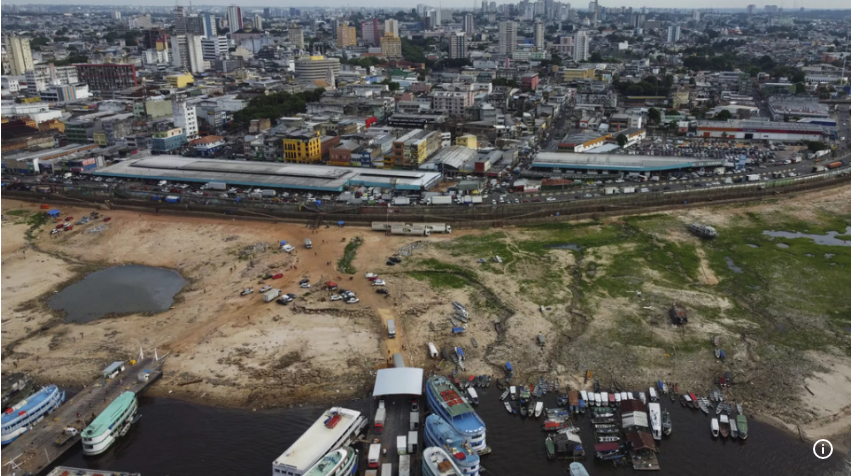Latest
Eight Migrants Die in Tragic Channel Crossing as France and UK Face Mounting Crisis

At least eight migrants have tragically lost their lives attempting to cross the English Channel from France, French authorities confirmed. The incident occurred late on Saturday night when a boat carrying dozens of people was reported in distress near the northern French town of Ambleteuse.
French maritime authorities dispatched a rescue vessel to the scene, where medical assistance was provided to 53 migrants who had made it ashore. Despite these efforts, eight individuals were pronounced dead. Six survivors, including a 10-month-old infant suffering from hypothermia, were hospitalized in what officials described as a “relative emergency,” according to Pas-de-Calais prefect Jacques Billant.
The rescued migrants, originating from countries including Eritrea, Sudan, Syria, Afghanistan, Egypt, and Iran, were taken to a temporary shelter in a local sports hall. Many of these nations have been ravaged by conflict in recent years, leading to large numbers of people fleeing war and seeking refuge abroad. It is believed that some of the survivors may have been aiming to claim asylum in the UK.
An investigation into the incident has been launched by the Boulogne-sur-Mer prosecutor’s office.
This tragedy underscores the continued dangers faced by migrants attempting to cross one of the busiest and deadliest maritime routes in the world. Just two weeks prior, 12 migrants perished when their small inflatable boat ripped apart during an attempted crossing. The recurring disasters have heightened the urgency for both the French and UK governments to address the ongoing crisis.
Cross-Channel migration has been a contentious political issue, particularly during the UK’s recent general election, where it featured prominently in campaign debates. Keir Starmer, the newly elected UK Prime Minister, has already taken action by scrapping a controversial plan initiated by the previous Conservative government, which would have sent migrants arriving in small boats to Rwanda instead of allowing them to seek asylum in Britain.
Human rights groups heavily criticized the plan, and Starmer dismissed it as a “gimmick” that would not deter illegal crossings. Instead, the Labour government has opted to divert funds from the cancelled programme into a strengthened border force aimed at dismantling the criminal networks responsible for facilitating these perilous journeys.
As the death toll rises, the ongoing crisis highlights the urgent need for coordinated action between France, the UK, and other European nations to prevent further loss of life.
Latest
Flash Floods Devastate Thai Elephant Sanctuary, Killing Two Elephants and Forcing Evacuations
Latest
Severe Drought Causes Record Low Water Levels in Brazil’s Negro River
Latest
Oxford Scientists Develop First Ovarian Cancer Vaccine in Groundbreaking Research
-

 Entertainment1 year ago
Entertainment1 year agoMeta Acquires Tilda Swinton VR Doc ‘Impulse: Playing With Reality’
-

 Business1 year ago
Business1 year agoSaudi Arabia’s Model for Sustainable Aviation Practices
-

 Business1 year ago
Business1 year agoRecent Developments in Small Business Taxes
-

 Home Improvement12 months ago
Home Improvement12 months agoEffective Drain Cleaning: A Key to a Healthy Plumbing System
-

 Politics1 year ago
Politics1 year agoWho was Ebrahim Raisi and his status in Iranian Politics?
-

 Business1 year ago
Business1 year agoCarrectly: Revolutionizing Car Care in Chicago
-

 Business1 year ago
Business1 year agoSaudi Arabia: Foreign Direct Investment Rises by 5.6% in Q1
-

 Sports1 year ago
Sports1 year agoKeely Hodgkinson Wins Britain’s First Athletics Gold at Paris Olympics in 800m



















